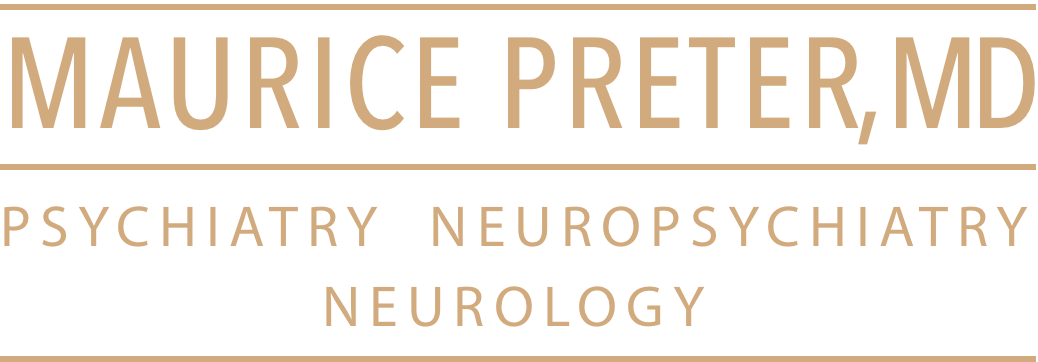Psychiatry and Neurology: Two Faces of the Same Coin
Psychiatry and neurology, though often seen as separate disciplines today, have their roots in a unified field known as neuropsychiatry. This historical connection underscores their shared focus on the brain and mind, highlighting that they are indeed two faces of the same coin. However, the trend toward hyperspecialization in clinical neurosciences has not necessarily served our patients well, often leading to fragmented care.
Historical Context
Traditionally, psychiatry and neurology were considered two parts of the same discipline—neuropsychiatry. Pioneers like Charcot, Freud, and Jackson recognized the interconnectedness of the brain and mind, advocating for a comprehensive approach to understanding mental and neurological disorders. Over time, however, the fields diverged, with neurology focusing on disorders with clear physical manifestations, such as strokes and epilepsy, and psychiatry addressing mood and thought disorders like depression and schizophrenia, which often lack overt physical symptoms.
Overlapping Domains
Despite their divergence, psychiatry and neurology share a common foundation in the study of the brain. Both fields address disorders that affect behavior, cognition, and emotion, albeit from different perspectives. Neurology primarily tackles the structural and functional aspects of the nervous system, while psychiatry focuses on the subjective experiences and existential concerns of patients.
Several conditions exemplify the overlap between these fields. For instance, epilepsy, autism, and dementia have both neurological and psychiatric dimensions. Neurological conditions like Parkinson’s disease often present with psychiatric symptoms such as depression and anxiety, further blurring the lines between the two disciplines.
Advances in Neuroscience and the Impact of Hyperspecialization
Recent advancements in neuroscience have illustrated the interconnectedness of psychiatry and neurology. Techniques such as functional magnetic resonance imaging (fMRI) and positron emission tomography (PET) have helped to visualize that many psychiatric disorders have identifiable neurobiological underpinnings. For example, structural abnormalities in the brain have been observed in conditions like schizophrenia and obsessive-compulsive disorder, suggesting a biological basis for these traditionally psychiatric conditions.
As mentioned, the trend toward hyperspecialization in clinical medicine in general and in neurosciences, pushed to the extreme in the U.S. has not necessarily benefited patients (except perhaps patients in need of hyperspecialized surgery). In the neurosciences, as superspecialists focus narrowly on specific aspects of brain disorders, the broader, interconnected nature of these extremely common conditions can be overlooked. This fragmentation can lead to gaps in care and a lack of comprehensive treatment strategies that address the full spectrum of a patient’s needs.
As neuroscience continues to evolve, re-integrating the two artificially separated disciplines could lead to more effective and comprehensive care for patients with neuropsychiatric (cognition and mind) disorders.
